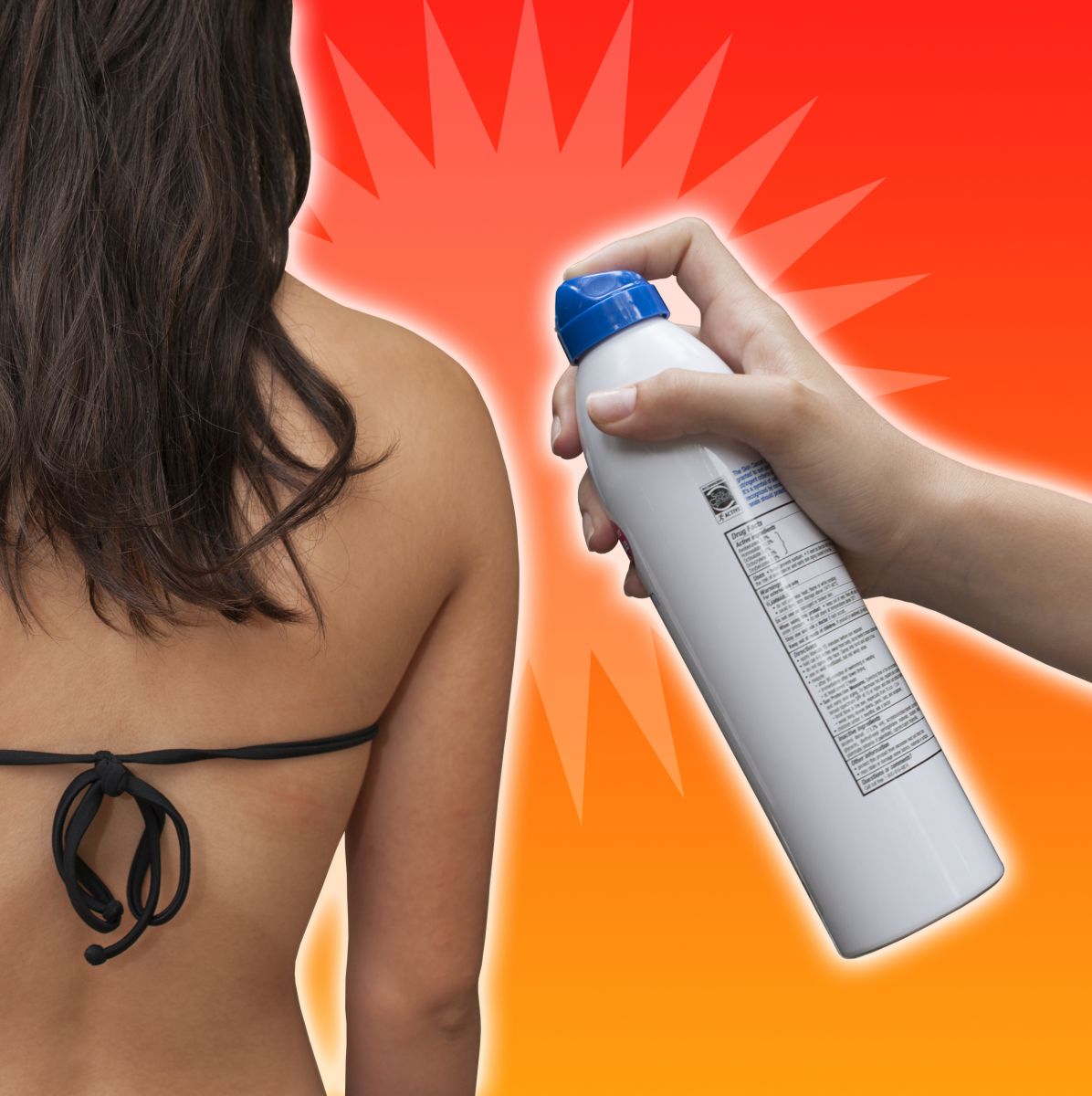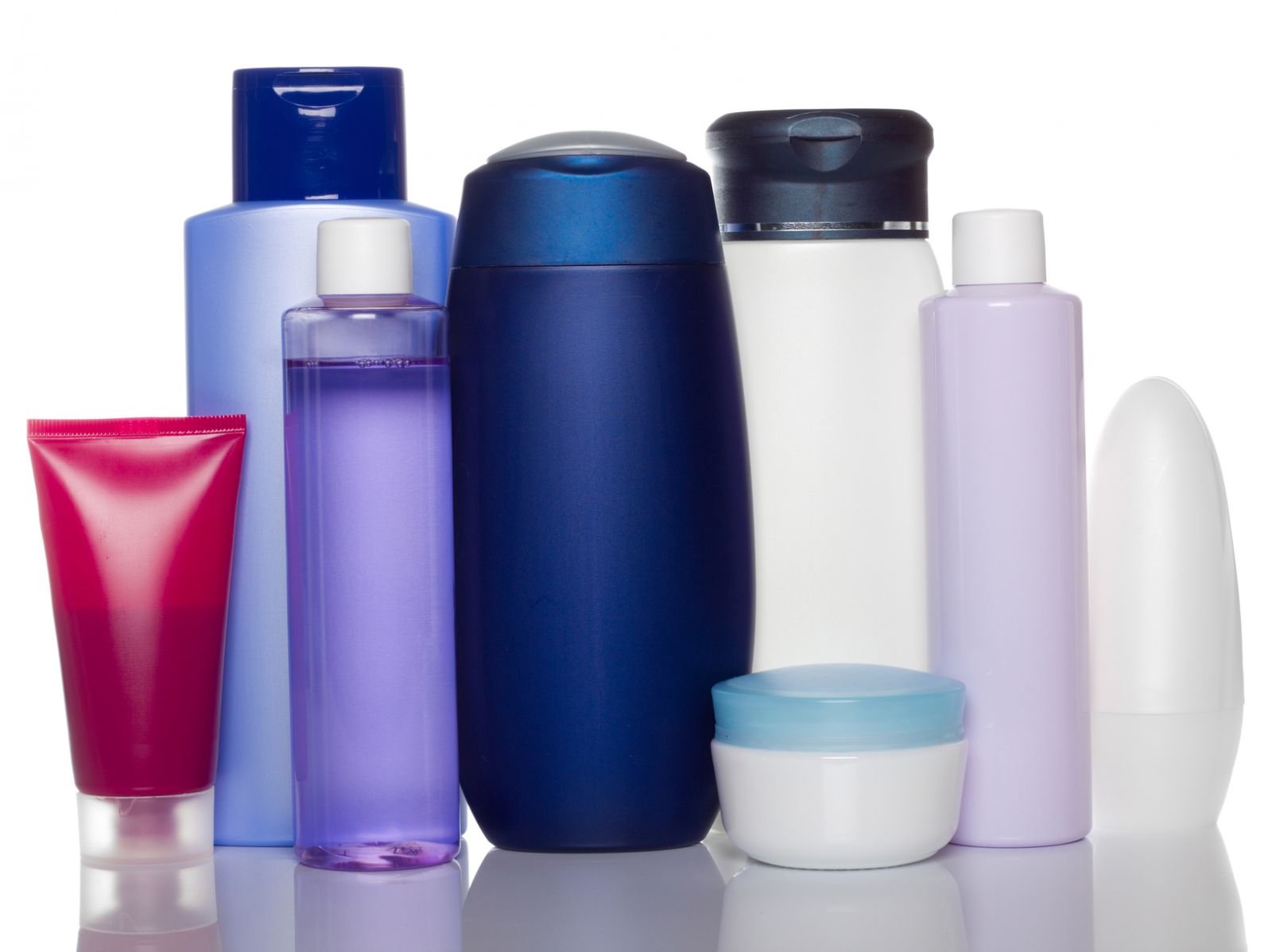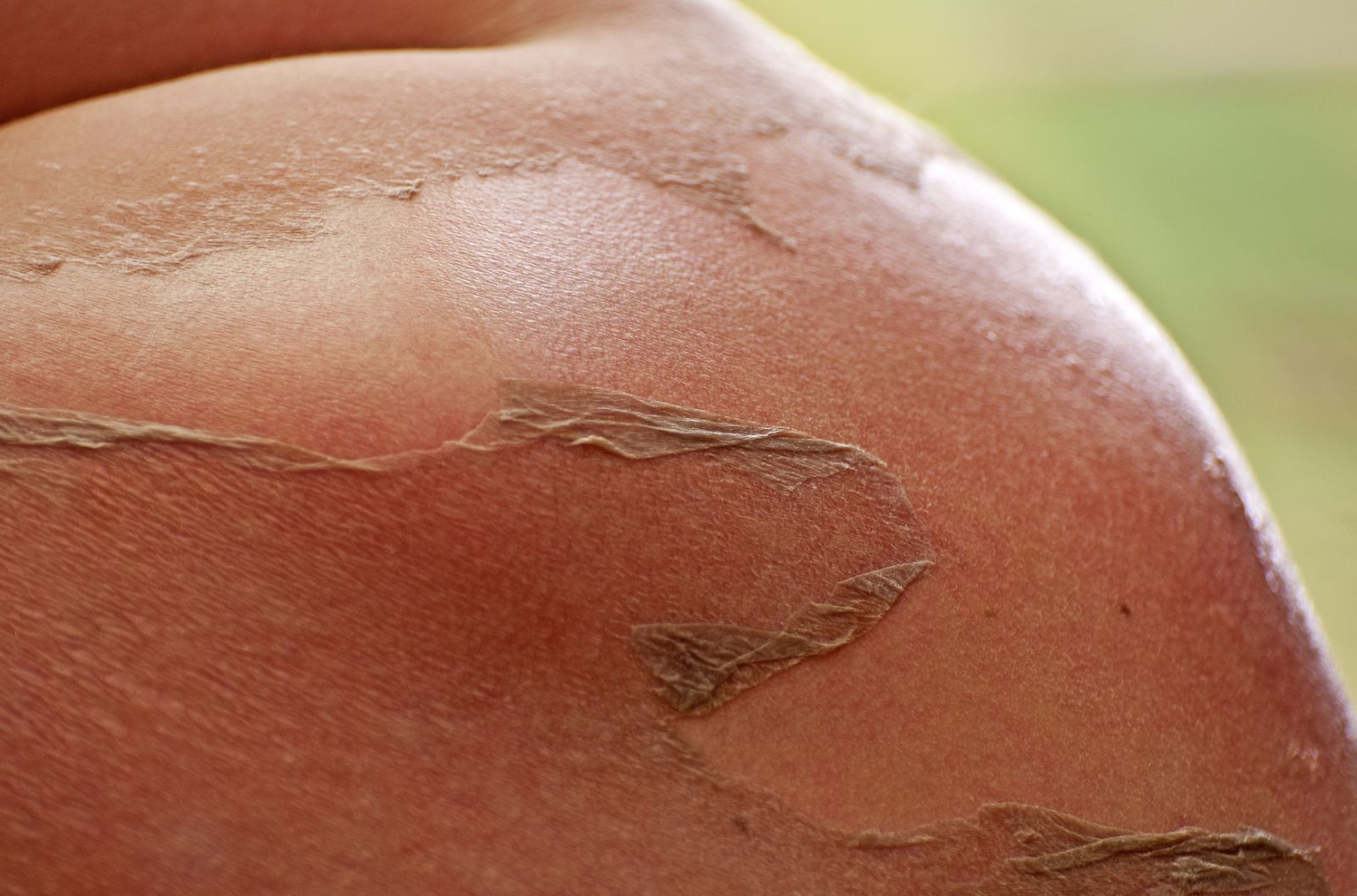Welcome to the DermacenterMD Blog
Posts for category: Sun Protection
 Sunscreen is a must. It is essential that you protect your skin from the harmful rays of the sun. Taking the proper precautions when it comes to the sun can decrease signs of aging and reduce your chances of getting skin cancer. Below you will find the answers to common questions that you should know make a point to know and understand. Knowing what sunscreen is and how it works can help you in your efforts to protect your skin and keep yourself and the ones you love healthy.
Sunscreen is a must. It is essential that you protect your skin from the harmful rays of the sun. Taking the proper precautions when it comes to the sun can decrease signs of aging and reduce your chances of getting skin cancer. Below you will find the answers to common questions that you should know make a point to know and understand. Knowing what sunscreen is and how it works can help you in your efforts to protect your skin and keep yourself and the ones you love healthy.
Below are several common sunscreen questions with answers taken from the Skin Cancer Foundation:
What Are Sunscreens?
Sunscreens are products combining several ingredients that help prevent the sun's ultraviolet (UV) radiation from reaching the skin. Two types of ultraviolet radiation, UVA and UVB, damage the skin and increase your risk of skin cancer. Sunscreens vary in their ability to protect against UVA and UVB.
What Are UVA and UVB?
Ultraviolet (UV) radiation is part of the electromagnetic (light) spectrum that reaches the earth from the sun. It has wavelengths shorter than visible light, making it invisible to the naked eye. Ultraviolet A (UVA) is the longer wave UV ray that causes lasting skin damage, skin aging, and can cause skin cancer. Ultraviolet B (UVB) is the shorter wave UV ray that causes sunburns, skin damage, and can cause skin cancer.
What Is SPF?
SPF – or Sun Protection Factor – is a measure of a sunscreen's ability to prevent UVB from damaging the skin. Here's how it works: If it takes 20 minutes for your unprotected skin to start turning red, using an SPF 15 sunscreen theoretically prevents reddening 15 times longer – about five hours. Most sunscreens with an SPF of 15 or higher do an excellent job of protecting against UVB.
What Does Broad-Spectrum Mean?
Broad-spectrum sunscreens protect the skin from both UVA and UVB rays. Beginning in December 2012, the U.S. Food and Drug Administration (FDA) began to implement new rules for "broad-spectrum" products.
So, next time you head outside to enjoy the outdoors, don't forget your sunscreen!!
Source:
http://www.skincancer.org/prevention/sun-protection/sunscreen
 In dermatology, acceptance and responsibility are two key components that we need. Why? Well, I will tell you why.
In dermatology, acceptance and responsibility are two key components that we need. Why? Well, I will tell you why.
The lack of protection from the sun is one of the underlying driving forces to precancers (actinic keratosis), wrinkles, pigmentation, and even skin cancer. Unfortunately, most every person does not apply the amount of sun protection that they should. It’s essential that we wear sunscreen and protect ourselves. Even a scientific study done on farmers in west Texas backs this up. When sunscreen was applied to one half of the face and not the other half during three months of summer, the side of the face with sunscreen applied every day has half as many precancer (actinic keratosis) growths as the other side of the face.
This simple study demonstrated the power of daily sunscreen for reducing precancer lesions. On top of this, we know that age spots, wrinkles, and skin cancer are caused by sun exposure.
So, to get our skin looking and feeling the best, we need to use sunscreen every day. This can be in the form of lotions, sunscreens themselves, and make up for women. In addition, choosing a sunscreen that has the proper ingredients is key. Finding sunscreen with Titanium Dioxide or Zinc Oxide is useful since these ingredients are physical blockers. This means that they bounce the sun off the skin. Another quality ingredient in sunscreen is Avobenzone or Parsol 1789. This is also an excellent ingredient which can be a powerful agent in preventing sun damage.
Use daily sunscreen with Titanium Dioxide, Zinc Oxide or Avobenzone (Parsol 1789) to reduce your risk of sun damage and skin cancer. The simple habit could pay big dividends!
Excessive Sun: What will it do to my skin?
.jpg)
- Increase signs of aging
- Wrinkles
- Leathery appearance
- Pigment Changes
- Age Spots
- Loss of Elasticity
- Broken blood vessels
- Freckles
- Greatly increase your chances of getting skin cancer
- Basal Cell Carcinoma- the most common form of skin cancer found in the outer most layer of the skin
- Squamous Cell Carcinoma- the second most common form of skin cancer that can cause disfigurement
- Melanoma- the most serious form of skin cancer that is potentially fatal
Yes, you read that right. Exposing your skin to the sun without protection can cause you to look older, damage your skin, and even potentially cause death. Skin cancer is a serious problem that most people overlook. Protecting your skin from the sun by taking the proper precautions, such as wearing sunscreen, can make you happier, healthier and help to ensure a long life.
Wearing your sunscreen can save your life!
Did you know? There are actually clothes out there that have built in SPF to help better protect your skin. Several clothing companies are dedicated to crafting clothing that have an SPF of 50 and block 98% of UVA and UVB rays. They offer a wide range of clothes for women, men and children.
So how does it work? The clothes have SPF built right into the fabric. Covering your skin and having built-in SPF offers maximum protection from the sun. There are several companies to choose from that offer sun-protective clothing. Two very well-known companies are Solumbra and Coolibar. You can purchase shirts, hats, pants, accessories and exercise clothing. Check out their websites below:
Coolibar: www.coolibar.com
Solumbra: www.sunprecautions.com
However, it is still important to wear your sunscreen. Wearing sunscreen ensures that your skin will be protected. When you choose a sunscreen, be sure to read the label and make sure that it contains at least one of the following ingredients: titanium dioxide, zinc oxide or parsol 1789 (avobenzone). Having these ingredients in your sunscreen will offer you the best protection from the UVB rays and the more harmful and deep penetrating UVA rays. When it comes to sunscreen, choosing a sunscreen with the right ingredients is essential, but the most important thing to remember is to apply ENOUGH sunscreen. Choosing an SPF of 30 or higher is idea and you should be applying 1 ounce or 2 tablespoons for the entire body. To get the most out of your sunscreen you should apply it 20 minutes before going out and then right before you go out into the sun. If you will be out for an extended period of time, be sure to reapply your sunscreen every 2 hours.
Protecting your skin from the sun is important! Enjoy the sun, but take the proper precautions to ensure you have a happy, healthy and bright future!
P.S. Don’t forget your shades and a hat! You’ll be looking stylish while also protecting your skin! You can’t go wrong with that!

A sunburn is the pink to red color our skin becomes as a warning sign and reaction to being in the sun too long. Most of us have had at least one sunburn in our life. Understanding why it happens and the possible consequences can help us avoid this harmful reaction in the future.
Sunburn is the skin’s response to an excess amount of ultraviolet (UV) rays of the sun. The skin initially does not turn pink right away, but rather it often loses moisture and can feel tight or painful. The skin will begin to turn pink or red, which might not show up for hours after the exposure. Often we do not realize what has happened to our skin until it is too late.
Even as little as 10 minutes of intense UV exposer can burn the skin causing redness, tenderness and swelling. In response to UV rays, the outer layer of skin produces a tanning pigment called melanin. This melanin is a protective agent which blocks some of the harmful UV rays which normally penetrate the skin. Some of the harmful rays can cause damage to the skin’s DNA which can ultimately lead to skin cancer.
Sunburns can have harmful effects on the body, even years after exposure. Science has shown that even a single blistering sunburn in childhood or adolescence more than doubles a person’s chances of developing melanoma later in life. A person’s risk for melanoma, the most serious and potentially fatal form of skin cancer, doubles if he or she has had five or more sunburns. The two most common types of skin cancer, basal cell carcinoma and squamous cell carcinoma, are also directly related to sun accumulation over many years. The most common locations for these cancers are sun-exposed areas: the face, ears and hands.
It is so important to avoid sunburns if at all possible. The most useful tip to avoid sunburn is to avoid the sun and protect the skin. Wear sunscreen when you are outside, even for short periods. Sunscreens with an SPF of at least 30 or higher which contain one of the following ingredients: titanium dioxide, zinc oxide or parsol 1789 (avobenzone) are best. Also protective clothing and avoiding the sun a when it is at the worst, typically 10 a.m. to 4 p.m. is ideal. Protecting your skin is essential to your health and well-being. Be sun smart this summer and protect your skin from the harmful rays of the sun!
Archive:
Tags
- dry skin (2)
- moisturizer (1)
- sensitive skin (3)
- PA (2)
- Skincare (2)
- skin cancer (29)
- cancer (6)
- facts (1)
- skin (19)
- dermatology (22)
- skin care (19)
- cosmetic (2)
- wrinkles (1)
- Botox (4)
- Dysport (3)
- sleep (1)
- look good (1)
- daily routine (1)
- healthy lifestyle (1)
- doctor (2)
- patient (1)
- sun protection (5)
- sunscreen (14)
- aging dermatology (1)
- providers (1)
- tanning (2)
- sun (6)
- UVA rays (2)
- UVB rays (2)
- melanoma (10)
- Acne (2)
- Treatment (2)
- sunscren (1)
- sun exposure (5)
- Melanoma Monday (2)
- Skin Cancer Awareness Month (1)
- education (2)
- skin cancer specialist (1)
- basal cell carcinoma (1)
- squamous cell carcinoma (1)
- ingredients (2)
- improve your smile (1)
- cosmetics (1)
- laser (1)
- fillers (2)
- sunburn (3)
- avoid the sun (1)
- hat (1)
- sun clothing (1)
- SPF (1)
- Rosacea (3)
- NP (1)
- Nurse Practitioner (1)
- mid-level provider (1)
- physician (1)
- dermatologist (6)
- cosmetic dermatology (4)
- anti-aging (2)
- youthful looks (1)
- Eczema (2)
- rash (2)
- itch (1)
- the rash that itches (1)
- reduce itch (1)
- itching (1)
- getting along with others (1)
- basal cell (2)
- squamous cell (2)
- detection (1)
- Mohs surgery (2)
- photoaging (1)
- Inspiring (1)
- word of the day (1)
- inspiration (3)
- uplifting (1)
- protection (4)
- lips (1)
- reduce wrinkles (1)
- look younger (1)
- encouragement (1)
- never give up (1)
- you can do it (1)
- medical school (1)
- dreams (1)
- brown spots (1)
- moles (2)
- liver spots (1)
- age spots (1)
- Abe Lincoln (1)
- life lessons (1)
- lip cancer (1)
- health (12)
- motivation (1)
- work (1)
- people (2)
- home life (1)
- lifestyle (1)
- ABCDEs of Melanoma (1)
- mole (1)
- skin check (2)
- skin facts (2)
- odd (1)
- fun (1)
- interesting (1)
- lung cancer (1)
- disease (1)
- Christmas (2)
- gifts (1)
- sun burn (1)
- winter skin tips (1)
- itchy skin (1)
- winter skin (1)
- myths (1)
- myth busted (1)
- skin protection (1)
- sunscreen safety (1)
- specialist (1)
- red skin (1)
- irritation (1)
- feel good (1)
- helping (1)
- help (1)
- helping others (1)
- treatment options (1)
- skin health (9)
- Vitamin D (2)
- tanning beds (1)
- skin health. dermatology (1)
- sunshine (1)
- awareness (1)
- prevention (1)
- sun damage (3)
- connections (1)
- working together (1)
- health care (1)
- biotin (1)
- medical (1)
- aging (1)
- elkhart (1)
- Roger Moore (1)
- check (1)
- skin type (1)
- skin cancer prevention (1)
- gift guide (1)
- Christmas gift guide (1)
- Dr. Roger Moore (1)
- holidays (1)
- family history (1)
